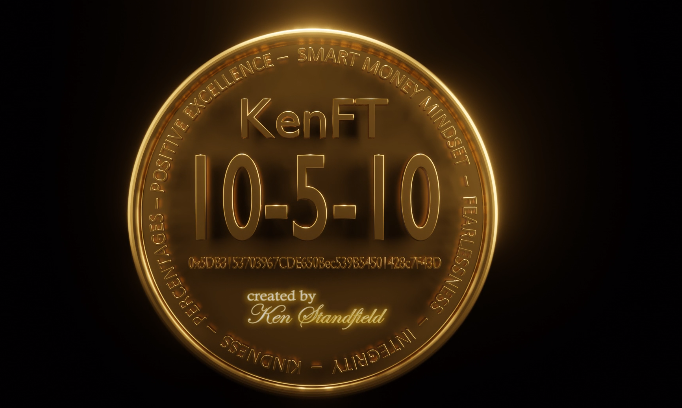Key details:
-
USDD works very equally to DAI, a stablecoin on the Ethereum community.
-
The strategic shift was made for effectivity causes, Sun defined.
Tron community’s Decentralized USD (USDD) stablecoin, designed to take care of a 1:1 peg with the US greenback, has seen a big change in its backing.
Tron Reserve DAO, the entity answerable for managing the funds that again this stablecoin, withdrew 12,000 BTC valued at $730 million.
USDD, launched in 2022, was initially supported by a reserve of 14,000 bitcoin as a vital a part of its help.
However, after this latest transfer, The stablecoin solely has TRX (Tron’s native cryptocurrency) and USDT as collateral.
Specifically, he holds 10 billion TRX, equal to $1.7 billion on the present worth, and 19 million USDT, as seen within the picture under.
According to the DAO web site, the withdrawal of BTC It was carried out and not using a prior vote or dialogue. by the members of the group, which contradicts the elemental precept of decentralized autonomous organizations, the place selections have to be taken collectively.
Tron founder requires calm
Justin Sun, founding father of the Tron community, tried to calm customers via a message on the social community X, making certain that the strategic change was made for causes of effectivity.
Sun defined that USDD has a collateralization mechanism just like the DAI stablecoin on the Ethereum community. According to Sun, when the collateral exceeds 300%, collateral holders can withdraw their collateral with out requiring approval. However, if the collateral drops under 110%, it must be replenished to keep away from liquidation.
Currently, USDD maintains a collateralization fee of over 300%, which Sun says, signifies a low effectivity in the usage of capital.
Despite this situation, Sun famous that the Tron Reserve DAO plans to “improve USDD in the future to make it more competitive in the stablecoin market.”
How does the USDD stablecoin work?
USDD, like different decentralized stablecoins—for instance, DAI—is backed by different tokens in an overcollateralized method.
It might be learn on the official USDD web site:
“USDD is secured by the overcollateralization of multiple mainstream digital assets (e.g. TRX, USDT). The total value of collateralized assets is significantly higher than that of USDD in circulation, with the collateralization ratio set at 120%.”
USDD web site.
If the worth of USDD begins to say no under $1, customers can exchange USDD for collateral (principally TRX) at a worth above market worth. This incentivizes arbitrageurs to purchase USDD on the open market at a low worth, exchange it for collateral at a better worth, after which promote the collateral for a revenue.
This arbitrage course of will increase the demand for USDD, which helps push its worth again in the direction of $1.
In case USDD begins to rise above $1, customers can mint new USDD at a worth decrease than the market worth. This prompts arbitrageurs to mint new USDD, promote it on the open market at a better worth, after which exchange it for the collateral to make a revenue. This helps push its worth again down in the direction of $1.
Over the previous 12 months, the stablecoin has misplaced parity with the US greenback on two events. The first was between December and January 2023, the opposite was between April and May of this 12 months, as proven within the following TradingView chart.
Despite these challenges, USDD stays among the many prime 100 cryptocurrencies by market capranked 82nd. It was not too long ago overtaken by PayPal’s stablecoin PYUSD, which is ranked seventieth, in line with CoinMarketCap.














